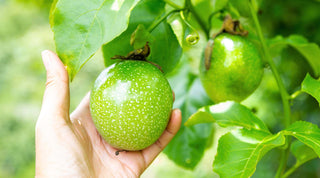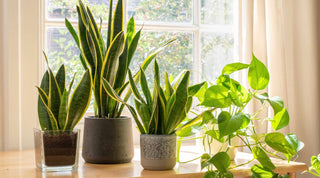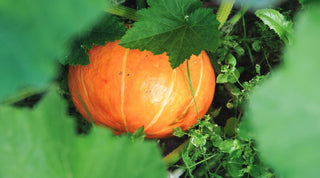It's essential to adopt water conservation gardening practices in an era of climate change and water scarcity.
This post delves into various methods and tools, including the innovative use of gravity irrigation systems and ollas, to ensure a lush garden while conserving water.

Understanding Water-Wise Gardening
Water-wise gardening, also known as xeriscaping, involves designing and managing gardens to reduce water usage. The concept isn't just about using less water but maximizing your water.
1. Choose the Right Plants
The foundation of water conservation gardening lies in selecting the right plants. Opt for native species or drought-tolerant plants that thrive in your local climate with minimal water. These plants have adapted to survive in specific conditions and often require less water than non-native, water-hungry varieties.
2. Soil Management
Healthy soil retains water more effectively. Incorporate organic matter like compost into your soil to improve its structure and water-holding capacity. Mulching is also crucial; a layer of mulch around your plants can significantly reduce moisture evaporation from the soil.
3. Efficient Watering Techniques
Watering wisely is not just about watering less, but watering smarter. Drip irrigation systems target water directly to the plant roots, minimizing waste. But let’s focus on a few particularly efficient methods.
-
Gravity Irrigation Systems: A gravity irrigation system uses the natural force of gravity to distribute water. It’s a low-tech solution that can be as simple as elevated rain barrels with a distribution hose. This method allows water to trickle slowly to the plants, providing a steady, controlled supply of water that reduces runoff and evaporation.
-
Ollas: An Ancient Solution Ollas (pronounced 'oy-yahs') are unglazed clay pots buried in the soil and filled with water. These pots slowly release water directly to the plant roots. This ancient technology is remarkably efficient, as it minimizes water loss from evaporation and runoff and provides a consistent moisture level, promoting healthier plant growth.
-
Soaker Hoses: Soaker hoses slowly seep water directly to plant roots, minimizing evaporation and runoff. They're ideal for established beds and perennials, especially when used under mulch. This method provides deep, consistent moisture with less water waste.
-
Rainwater Harvesting Systems: Collecting rainwater in barrels or tanks reduces reliance on tap water and is eco-friendly. Rainwater, free from chemicals, is excellent for plants. This system eases municipal water demand and is a sustainable irrigation choice.
- Automatic Irrigation Controllers with Soil Moisture Sensors: These systems use soil moisture sensors to adjust watering based on actual need, preventing over or under-watering. They ensure optimal plant watering without guesswork. This technology conserves water and promotes healthier gardens.
4. Timing is Key
Water your garden during the cooler parts of the day, ideally early morning or late evening, to reduce water loss through evaporation. Avoid watering on windy days when most of the water can be blown away or evaporate before reaching the plants.
5. Water Conservation Beyond the Garden
Remember, water-wise gardening also includes being mindful of water usage outside the garden. Collecting rainwater in barrels or practicing greywater recycling from household use can provide additional water sources for your garden.
Conclusion
Adopting water conservation gardening practices is not just beneficial for your garden but also for the environment. You can create a vibrant, thriving, beautiful, sustainable garden by choosing the right plants, improving soil health, using efficient watering techniques like gravity irrigation systems and ollas, and correctly timing your watering. Embrace these practices, and you will save water and enjoy the rewards of a flourishing garden that respects our planet's most precious resource.



